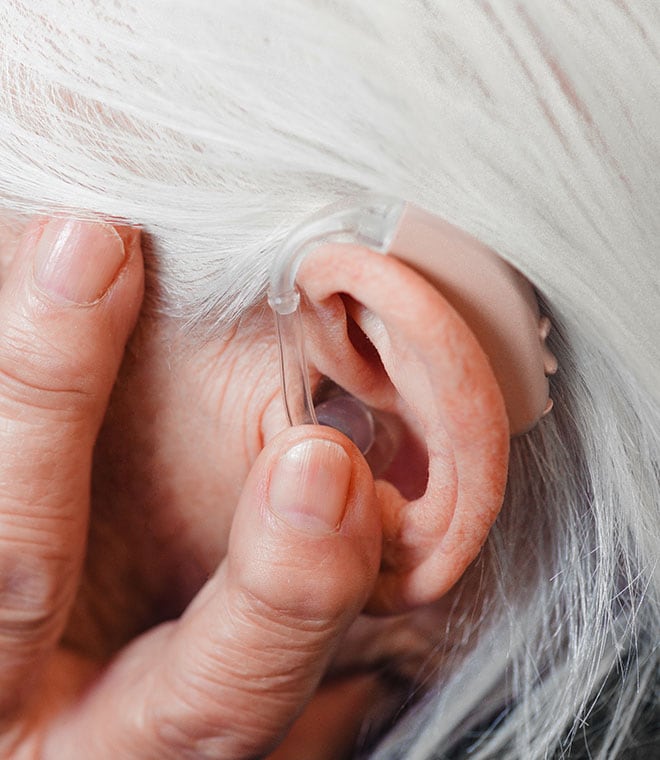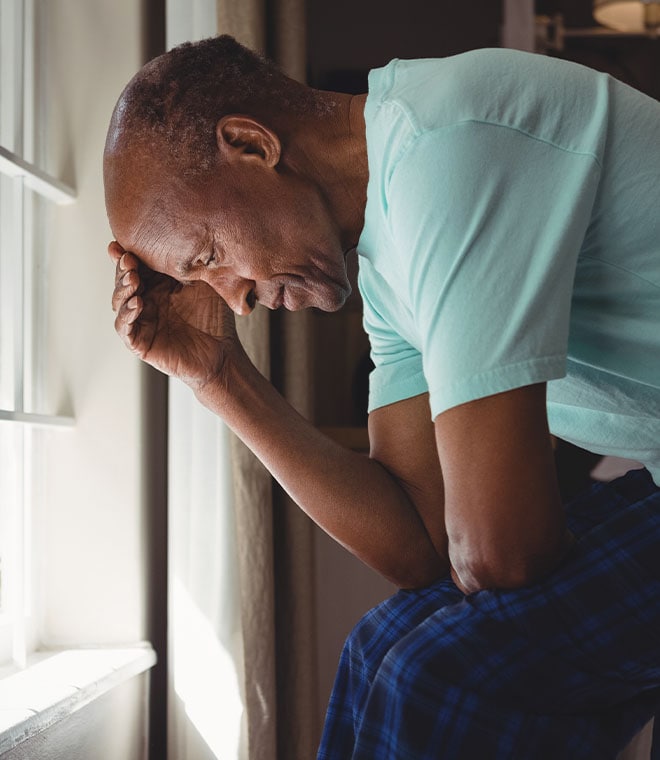Health
Mobility tips for seniors and their families
By Nancy Kupka, PhD, RN Jan 25, 2024 • 5 min
One-third of people in the U.S. 65 years and older struggle with walking three city blocks or climbing a flight of stairs. This is due to age-related changes, such as back and spine problems, arthritis and heart disease. These challenges can affect the quality of life in older adults. Mobility loss can be gradual, or it can occur after a serious event, such as a stroke or fracture from a fall. Mobility problems are sometimes the first sign of declining health, and they can lead to the loss of independent living.
In 2021, AARP conducted a Home and Community Preferences Survey and found that three-fourths of U.S. adults 50 and older want to stay in their current homes for as long as possible. However, a May 2020 study by the U.S. Census Bureau found that less than 10% of U.S. homes are "aging-ready," meaning they have, among other things, a first-floor bathroom and bedroom, and at least one bathroom accessibility feature, such as grab bars or shower seats.
But age doesn't have to lead to immobility. In fact, lack of mobility can often be compensated for effectively. Activity interventions and physical aids that help maintain mobility include:
- Getting regular exercise. Physical activity doesn't have to be strenuous, but it should include endurance, strength and flexibility exercises tailored to fit your needs and abilities.
- Receiving physical therapy to retrain you on how to walk and maintain balance. Physical therapy can also help you gain confidence in moving after a traumatic fall.
- Participating in social activities outside the home that encourages you to be mobile.
- Avoiding hazards in the home by removing objects such as throw rugs and installing grab bars in the bathroom or raised toilet seats.
- Using mobility aids, such as canes and walkers. If you use a mobility aid, work with your provider or physical therapist to ensure the aid is adjusted to your height and you know how to use it properly.
- Using public transportation or services like Uber or Lyft if you have trouble driving.
- Using meal delivery services to help you maintain an adequate nutritional intake if you cannot shop or cook independently.
- Having regular hearing and eyesight exams to look for changes that may require new prescription lenses or hearing aids.
- Keeping up with regular healthcare provider visits to check for new or worsened physical or psychological changes. This includes an evaluation of medication, alcohol and recreational drug use. Consider seeing a provider who specializes in gerontology, the study of aging, as that provider may be better able to pick up on subtle changes or concerns.
- Managing your medications well. Certain medications have side effects that may affect walking, balance or mental awareness, increasing your fall risk. These side effects can occur not only when starting a new medication but also after adjusting dosages of existing medications. Ask your healthcare provider or pharmacist to conduct a careful, comprehensive medication review, or schedule a pharmacy appointment at Walgreens.
If you need help with mobility, reach out to your healthcare provider or pharmacist for additional community and personal resources.
Clinically reviewed and updated January 2024.
Sources:
- https://www.cdc.gov/mmwr/volumes/67/wr/mm6732a3.htm
- https://www.ncbi.nlm.nih.gov/books/NBK525700/
- https://www.aafp.org/afp/2010/0701/p61.html
- https://www.ncbi.nlm.nih.gov/pmc/articles/PMC6228597/
- https://pubmed.ncbi.nlm.nih.gov/26208243/
- https://pubmed.ncbi.nlm.nih.gov/29358266/
- https://www.aarp.org/caregiving/home-care/info-2019/safety-tips.html
- https://www.aarp.org/home-family/your-home/info-2021/home-and-community-preferences-survey.html



